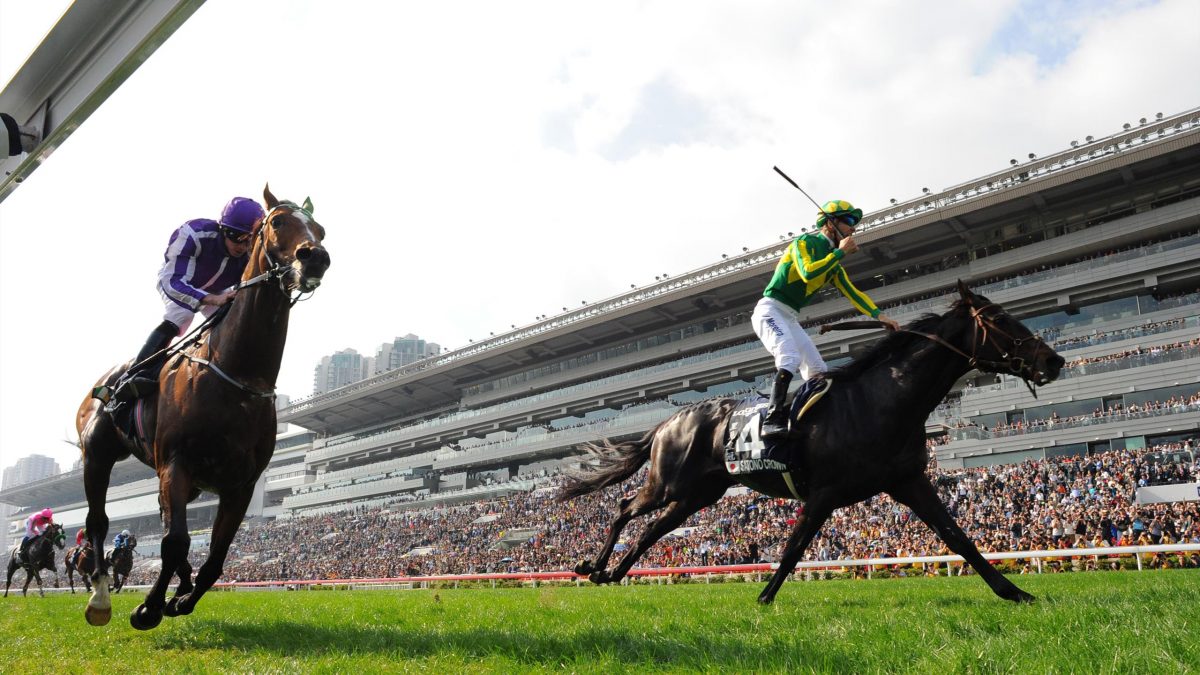Although for years Horse Racing has been popular for its thrill and the opportunity to place bets, it has been increasingly targeted with criticism by the public for its numerous fatal injuries – not only concerning horses, but also jockeys. In order to cast off this unfavorable reputation, the British Horse Racing Authority (BHA) has established means to reduce mid race injuries, such as obligatory pre-race examinations.
With the general amelioration of medical technology, those health check-ups strongly increased in significance. Especially the refinement of the MRI has fostered an early detection of illnesses or injuries, like small ruptures of muscle tissue or tendons. Over the last five years, this is estimated to have averted about 30% of fatal equine injuries (EBR, 2022).
Next to MRIs, ultrasound and thermal imaging cameras that are used to monitor a horse’s temperature post race, other technologies have been developed specifically for this sport.
The University of Bath has designed an equine fitness tracker referred to as EquiVi (the Guardian, 2019). This device includes three sensors, which are placed on the horse’s body during practice or a race. The sensors are able to continuously measure important vital signs, such as blood pressure, temperature and respiratory rate, and transfer this data simultaneously via a wireless connection to a digital device. This enables coaches, owners and veterinarians to track the horse’s welfare during extreme physical exertion and adapt its training and racing schedule accordingly. In addition, the relation of the visible performance and cardiovascular activity can be examined, which is again very conclusive about the horse’s true level of fitness. Lead researcher Dr. Ben Metcalfe stresses the benefits of such an non-intrusive monitoring device as the horse is not exposed to any damaging influences (www.bath.ac.uk, 2019).
The risk reduction for fatal equine injuries automatically minimises health threats for the jockey. Still, accidents can and do occur, which led the BHA to ask the University of Bath for another research project. Through remodeling countless falls of jockeys accessible in the digital race archive, they are working to better understand and treat common injuries such as concussions and injuries involving the spinal cord.
These different approaches to not only prevent mid-race injuries, but also maximise a positive treatment outcome, are only possible through the newest technological innovations. Therefore nowadays, modern technology even contributes to the safety and with it the continued existence of one of the oldest and most traditional sports.
References:
the Guardian. (2019). Equine fitness trackers could save lives of racehorses. [online] Available at: https://www.theguardian.com/sport/2019/mar/30/racehorses-to-be-fitted-with-life-savingfitness-sensors [Accessed 29 Sep. 2022].
Incze, G. (2022). How Horse Racing Has Embraced Technological Innovations. [online] European Gaming Industry News. Available at: https://europeangaming.eu/portal/latest-news/2022/03/02/110251/how-horse-racing-has-embraced-technological-innovations/ [Accessed 29 Sep. 2022].
EBR, E. (2022). How Technology Has Changed Horse Racing. [online] The European Business Review. Available at: https://www.europeanbusinessreview.com/how-technology-has-changed-horse-racing/ [Accessed 29 Sep. 2022].
www.bath.ac.uk. (2019). Boost to horse welfare and performance thanks to new monitoring device. [online] Available at: https://www.bath.ac.uk/announcements/boost-to-horse-welfare-and-performance-thanks-to-new-monitoring-device/ [Accessed 29 Sep. 2022].

